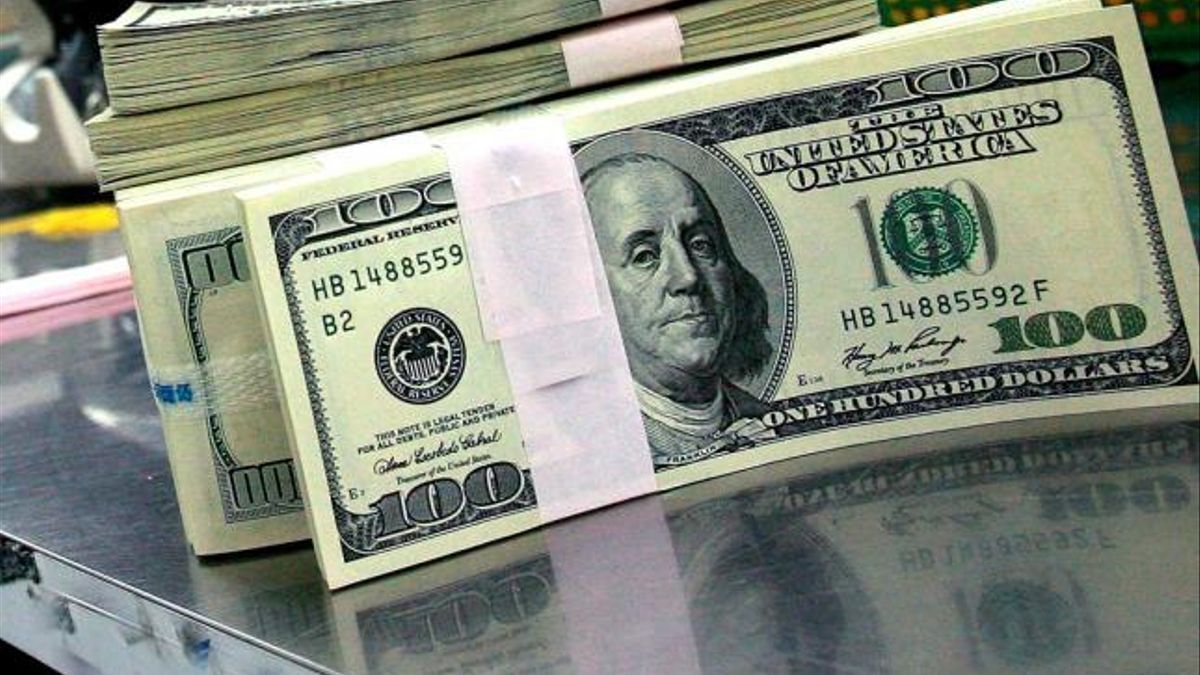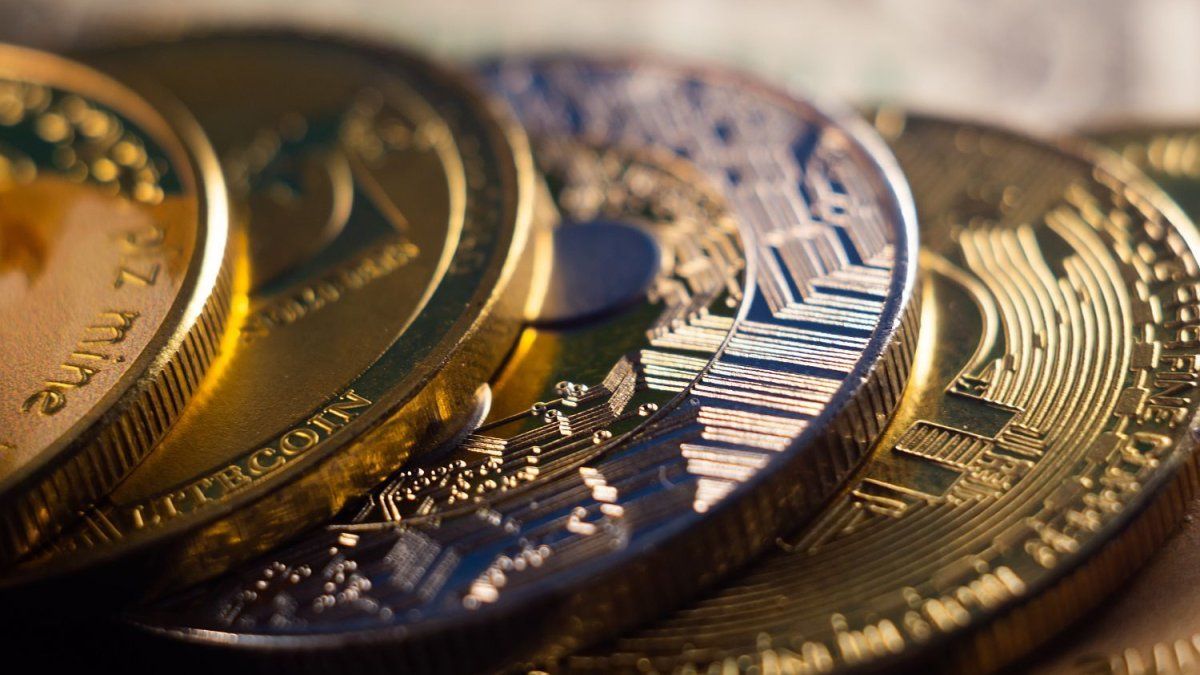Meanwhile, the MEP dollar-also valued with the Global 2030- climbed $5.60 (+1.9%) surpassing $300 for the first time, closing at $303.44, which left a spread of 134.5% against the official wholesale exchange rate.
In the informal market, meanwhile, the The blue dollar soared $16 (+5.3%) to an unprecedented $317 (after an intraday top of $318), with which the gap reached 145%, just four points from the top reached in October 2020.
Inflationary pressure, high fiscal spending, political distrust, and uncertainty regarding possible measures related to the operation of the contado con liquido (for now denied by the CNV), and the creation of a differentiated exchange rate for foreign tourism, are some of the causes that explain the abrupt jumps of the parallel dollars.
“The movements that we are seeing in the exchange rate respond to two factors, on the one hand, a growing distrust in the peso and the government’s ability to move towards macroeconomic balances that reduce risk”, said Eugenio Marí, an economist at the Fundación Libertad y Progreso. “The monetary issue festival that the Central Bank has been carrying out, which has flooded the peso market, logically makes its value fall,” he added.
The new Minister of Economy, Silvina Batakis, For now, it has not managed to give the market peace of mind, despite the announcement of new economic measures. An increase in taxes on purchases made in foreign currency abroad with credit and debit cards, the modification in the setting of interest rates by the Central Bank (BCRA) and the ratification of the agreement with the International Monetary Fund (IMF). ) were recently announced, but they were far from appeasing the demand for foreign currency.
Faced with the soaring of the blue and the financial exchange rates, the Minister of Tourism, Matías Lammens, said this Thursday morning that the Government He works on alternatives for tourists to enter the dollars in the formal market, without giving more details, and on Thursday afternoon he held a meeting with Batakis. “Argentina needs the dollars that tourists bring. Today, due to the exchange rate gap, many of those dollars do not enter the Central Bank,” Lammens said.
After his statements, parallel exchange rates accelerated their upward trend. “The decisions that are made, sometimes, cause the opposite effect to what is sought”, reflected an operator.
Meanwhile, the authority currency keeps losing reserves and this wednesday had to part with about 40 million dollars to meet energy maturities of around US$100 million. so far this week, the BCRA accumulates a negative balance of almost US$300 million.
“It was another day of nervousness, to the rhythm of political noise and economic uncertainty, which accentuates the demand for coverage. The expectation of ‘more pesos, less dollars’ during this semester, together with the accelerated nominality of the economy, also incline economic agents towards seeking refuge”, described to Ambit the economist Gustavo Ber.
For the specialist, this dynamic could be stopped, or at least ordered, “only through strong political and economic signals that arouse greater confidence among agents, since there are no liquid dollars available to act through interventions.”
For his part, Ecolatina’s economist, John Paul Albornoztold this medium that “All the conditions are in place so that exchange tensions do not ease. First, there is a lot of uncertainty regarding possible measures related to the operation of the ‘contado con liqui’, to which were added rumors of a potential exchange rate split for tourism (which will be as effective as the null effectiveness of the previous measure that pointed in this direction). The worst news for the market is uncertainty. The consequence is clear: more pesos taking refuge in dollars”.
In second place, Bathrobe he remarked that “the non-response” of the BCRA regarding rates does not help. “It is understandable that just beginning to normalize the debt in pesos, the Central continues to aim at channeling liquidity towards Treasury securities, that is why the broker announced and has not yet raised the Leliq rate.”
Behind that decision are the companies and retailers who today see that the rate in pesos yields 4.2%/4.3% effective monthly, against inflation that exceeded 5% in June and would be around 7% or 8% in July, according to various consultants. “Clearly the incentive to stay in pesos is very low. It will be necessary for the Central to give some signal regarding rates”indicated the analyst.
Finally, the Ecolatina economist referred to global factors that weigh today on emerging markets. “The external front does not accompany: the dollar (DXY) appreciated a lot against the rest of the currencies (it is at the most appreciated level in the last 2 decades) and the market expects the Fed to validate a mega rate hike by the end of the month , which is not good news for emerging markets or Argentina,” he said. “This is reflected in emerging markets depreciating against the dollar and commodities falling, which is not good news for the 2022-23 campaign for Argentina,” he warned.
Since the debt crisis in pesos tied to the CER began (June 7), the rise in parallel dollars has been around 50%, a percentage similar to the rise experienced by the official dollar since January 2021, they remarked from Aurum Valores.
Source: Ambito
David William is a talented author who has made a name for himself in the world of writing. He is a professional author who writes on a wide range of topics, from general interest to opinion news. David is currently working as a writer at 24 hours worlds where he brings his unique perspective and in-depth research to his articles, making them both informative and engaging.




